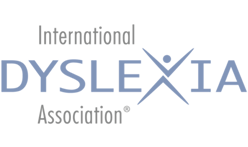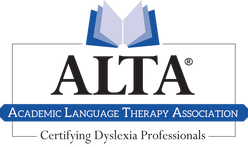Phonology and Phonological Awareness: These foundations of language learning involve understanding the sounds of language, how sounds are organized within words and sentences, and how to manipulate those sounds.
Sound-Symbol Correspondence: Building upon phonological awareness, this focuses on the relationship between spoken sounds and written letters, enabling students to effectively develop decoding (word identification) and encoding (spelling) skills.
Morphology: Students explore the smallest units of meaning in language, including base words, prefixes, suffixes, and roots, deepening students' understanding of word formation and vocabulary.
Semantics: The meaning of language, including how words and phrases create meaning and how listeners and speakers interpret that meaning, fosters reading comprehension and effective communication.



